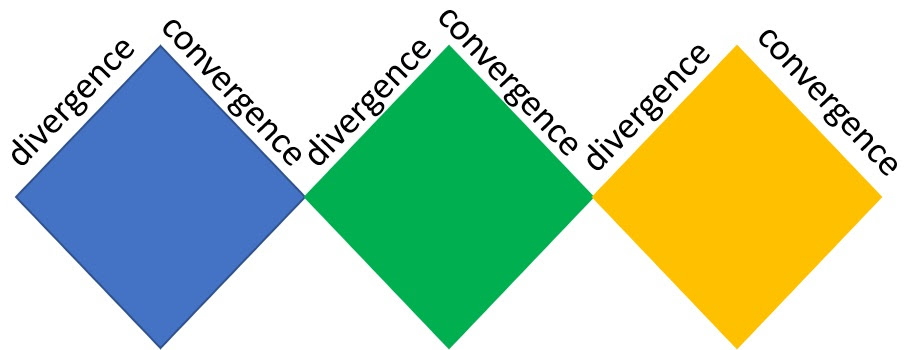Leadership patterns in a decision-making environment
(Emotional Management for Personal & Professional Growth Series)
In continuation of last week's discussion on how different types of managerial styles affect the people's capability in problem-solving and decision-making in the organization, let us understand some leadership patterns in creating a positive environment for problem-solving and decision-making.
Managers/Leaders create an environment by their functioning and style, which determines the organization's decision-making capability.
Let me summarise some of the patterns i have observed in many outstanding managers/leaders.
- Clarity on the problem and delegation level
- Communication and expectation setting on solving the problem
- Switching between micro & macro management of detailing
- Space for risk-taking and learning attitude to deal with risk and failure
Clarity on the problem and delegation level :
Effective manager/ leader is good at developing clarity on what needs to be delegated and what must be solved by themselves. They create clarity based on the intensity of the problem and its impact, timeline pressure, and the team's competency level.

For example,
In a good case, in one of the organizations, a manager makes the decision every day on what needs to be produced and how much needs to be produced and just delegates the team to comply. He is not delegating the production planning. Since he is only aware of the big picture of change in customer preference, internal capacity, team's influence on each other, and the impact of the delayed decision on business deliverables, he makes decisions himself.No more complexity in the system on decision making.
Whereas in another case, one organization always runs with a crisis on the working capital issues, and the business head expects the production head and finance head to take decisions on priority. Since the impact of the decisions would affect the deliveries, the functional heads either delays the decision or are indecisive most of the time. The environment becomes chaotic as each one points out others for their problem-solving and decision-making speed and quality. The cause of the problem is over delegation of critical issues to inappropriate people and expecting fast decision-making and problem-solving.
In both cases, the underlying factor is getting clarity on which problem we need to delegate and setting the expectation on problem-solving and decision-making at the team's level.
When we do not have the clarity to distinguish, as a manager/leader we create an environment with unrealistic expectations.
Some effective managers/ leaders are good at differentiating the problem, the impact of the problem, and the level of delegation by which they set the right environment for timely decision-making and problem-solving.
Let us discuss other leadership patterns next week.
Have a great week ahead.




